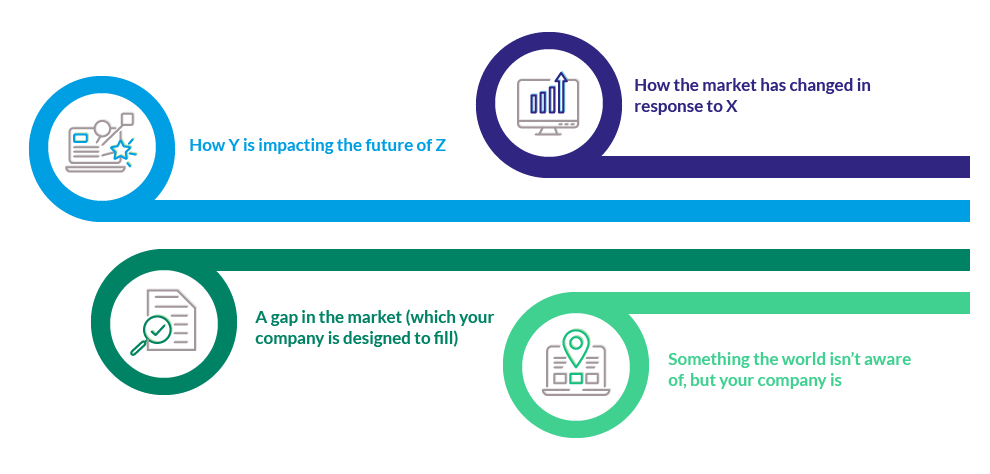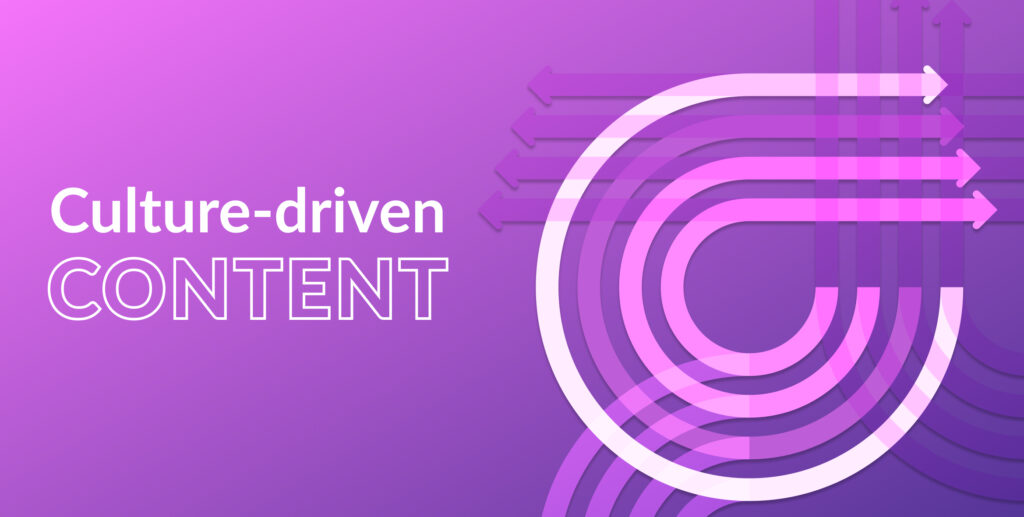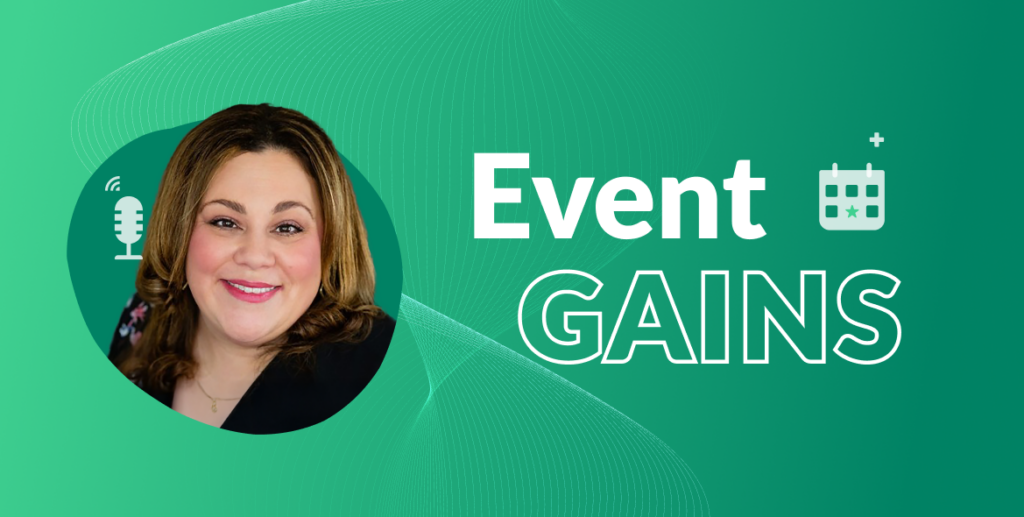Strategy.
It’s an important word in B2B marketing but often gets a bad rep. We’ve all seen marketing ‘strategies’ that are nothing more than a series of tactics strung together in a slick presentation deck. And we all know why this happens.
It’s easier, and feels more impactful, to focus on execution straight away. But strategy informs the tactics that get adopted. Taking the time to iron out the right plan will help make execution easier and lead to better results.
Building a content marketing strategy
Marketing strategy is a big topic. So, we’re going to look at this from a content marketing perspective, geared towards a challenger brand.
Content campaigns that get the strategy right will help you create assets that are more likely to generate leads, or position yourself as an expert. And the right content will make it easier for your sales team to push those leads over the line when the time comes.
What’s written below assumes you’ve done research, positioning, and funnel mapping already. It’s focused on what you can do to reach your audience, and how you can map specific tactics back to the bigger picture.
Focus on what matters: the customer
Your best bet for a successful B2B marketing strategy is to build it around the people that really matter: your customers. Forget about what the competition is doing. It’s useful to keep an eye on and you might be able to borrow an idea every so often, but leaning too far in this direction will have you chasing your tail.
Instead, know who to target and what’s behind their buying decisions. Start with their pain points, as established by your research, then work backwards.
This will help you work out:
- What you need to meet the KPIs tied to your goals
- Where the holes are in your current content plan that need plugging
- What your funnel should look like as a result
- Whether you need to rethink the channels you’re using
How you approach this will depend on the business type. It goes without saying that SaaS will be different to high-ticket enterprise sales.
How B2B buyers have changed
B2B buyers are different to how they were 10 years ago. They’re doing most of their research online long before they speak to sales. A recent survey found the majority of B2B buyers consume three-to-five pieces of marketing content before contacting a vendor – and that’s at a minimum. The rest are looking at much more as they compare products and services.
So what does that mean for your content strategy? Well, it confirms tech B2B content marketing is a long game, and it’s important to build a repository of content that caters to different pain points.
Creating a tailored content journey for each target audience is important too. This includes positioning your brand in the right way across three key pillars:
- Branded content
- Client validation
- External recognition
The three content pillars

Creating the right cornerstone content
You’ve got the three pillars. What content should you create?
Alas, it’s not that easy. The answer depends on your audience and the channels you are adopting. Research, as we’ve said before, is key to all of this. But what you should be thinking about is how you can create content that can be used for all three pillars, and how it can add value.
One of the best content types is a data-driven report, which can be the cornerstone of a bigger campaign. A data-driven report is a great example of branded content that can get you external recognition while acting as a co-marketing opportunity with your customers. In doing so, it can cover all three pillars at once.
We’ve written a lot about on the Isoline blog about our approach to research-backed content. It’s a tactic that works well for our clients.
Here are just a couple of examples:
- This Upstream Systems report led to wall-to-wall coverage, including mainstream press like BBC News. It highlighted a problem that affected millions but hadn’t had much airtime previously.
- The Future of Work report we delivered for HB Reavis was their best performing content marketing campaign for leads to date, as it was relevant and timely in response to the pandemic. It won us a bucket load of awards

Key considerations
Creating content like this can give you months of ammo to use across your different channels and has huge repurposing potential. It can underpin a range of assets targeting different decisionmakers at each stage of the buying funnel. When creating your own cornerstone content, think about how you can answer at least one of the following:

Content can differentiate in a crowded market, but only if it’s bringing something new to the table. This can be first-party data anonymised and pulled from your systems, or research you’ve commissioned. Again, the approach you take will depend on who you’re selling to.
Think about how you can work smarter too. Reports like this can be tailored to address different market segments or specific types of accounts. This works really well if you plan for it up front and ask the right questions when gathering data, tweaking the storyline for each audience while still in keeping with the core theme.
Finally, spend some time thinking about the end objective. Make it measurable so it can tie back to your KPIs. This will help determine if your strategy is working as intended, or where it needs tweaking to not only deliver your goals, but deliver them on time and in budget.
If you have questions or want to talk about how Isoline can help with your next content marketing campaign, get in touch.



